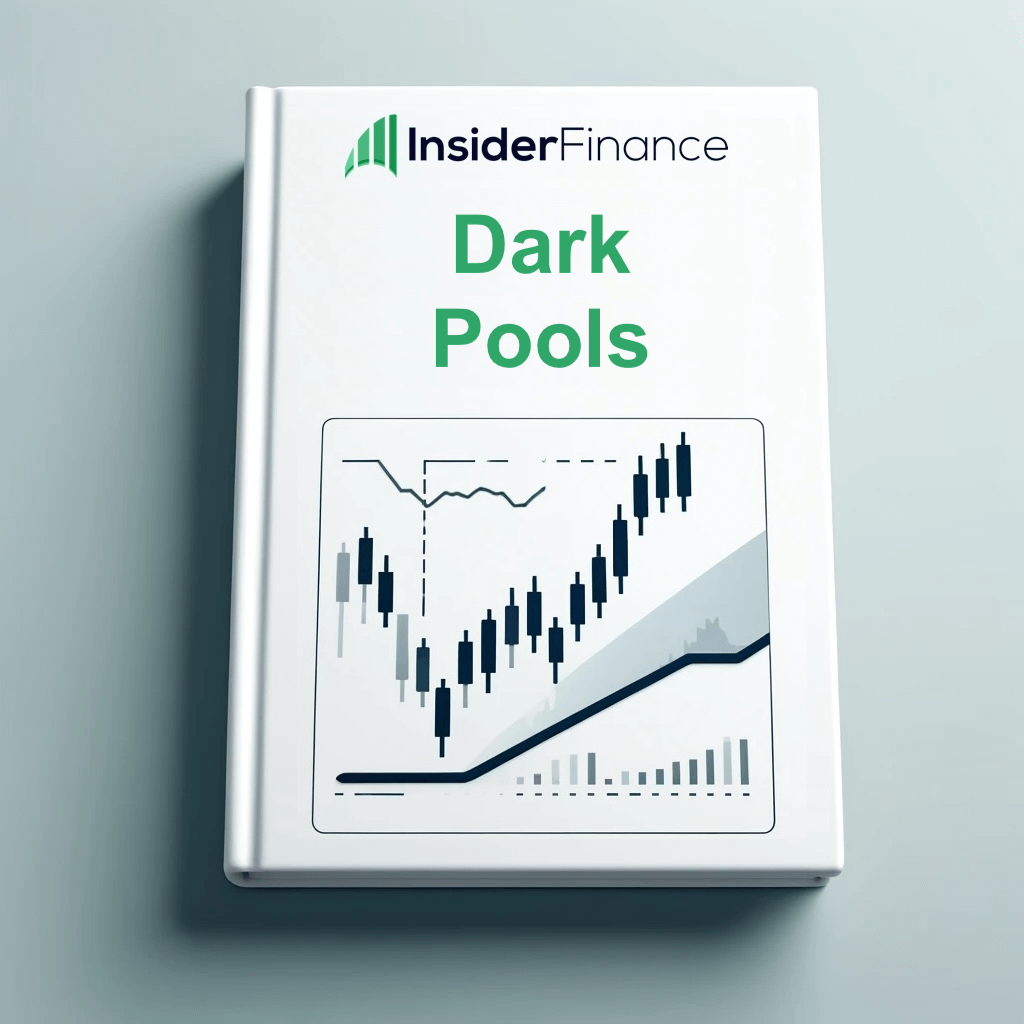Selecting a Time Frame
The indicators are optimized for shorter time frames, which makes them more "sensitive" and means they will detect trends faster.
The calculations are the same regardless of which chart you use, and we like to examine multiple time frames to gain perspective.
The "higher" the time frame, the longer "term" the trend.
- 1-Hour: Short Term
- 4-Hour: Long Term
- Daily: Macro Trend
We think of the daily chart as the macro "established" trend.
You have the best chance of success when you trade in the same direction as the daily chart (i.e., taking a long position when the daily chart is bullish).
If you're planning a quick in and out, the 4-hour may serve as that.
We watch the shorter-term trend to see where that ticker may be going for the day, but even if that chart turns the opposite of the daily chart, the overall trend may still be intact if you're seeing the same trend on multiple higher time frame charts.
Typically, we like to take some profits early, so you're close to playing with "house money," However, watch the longer-term chart to see when the trend is ending to exit the remainder of our position.
We also create alerts for any positions we're in on multiple time frames to keep an eye on the short-term and long-term trends.


